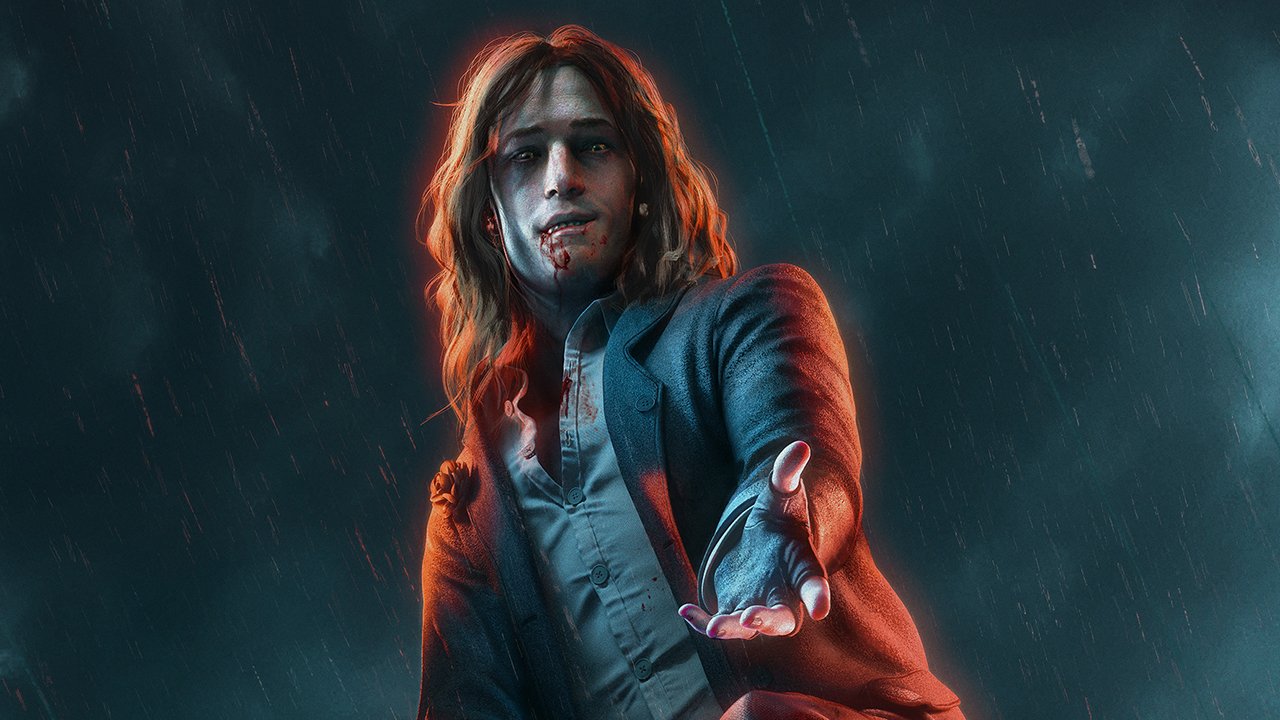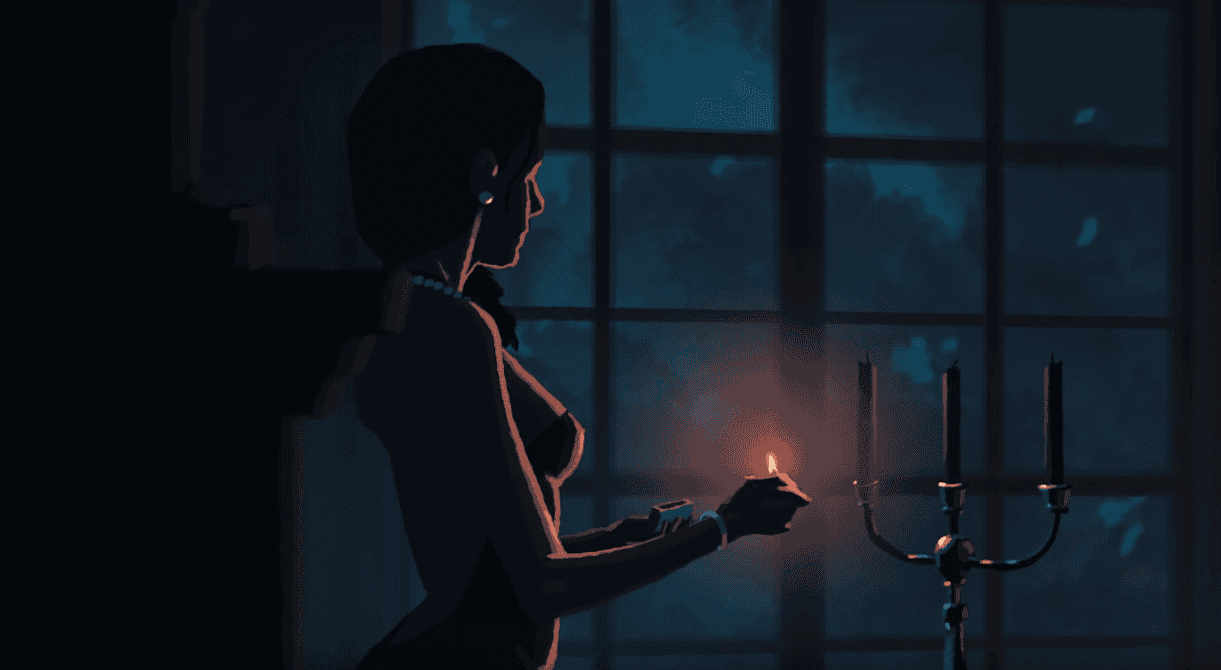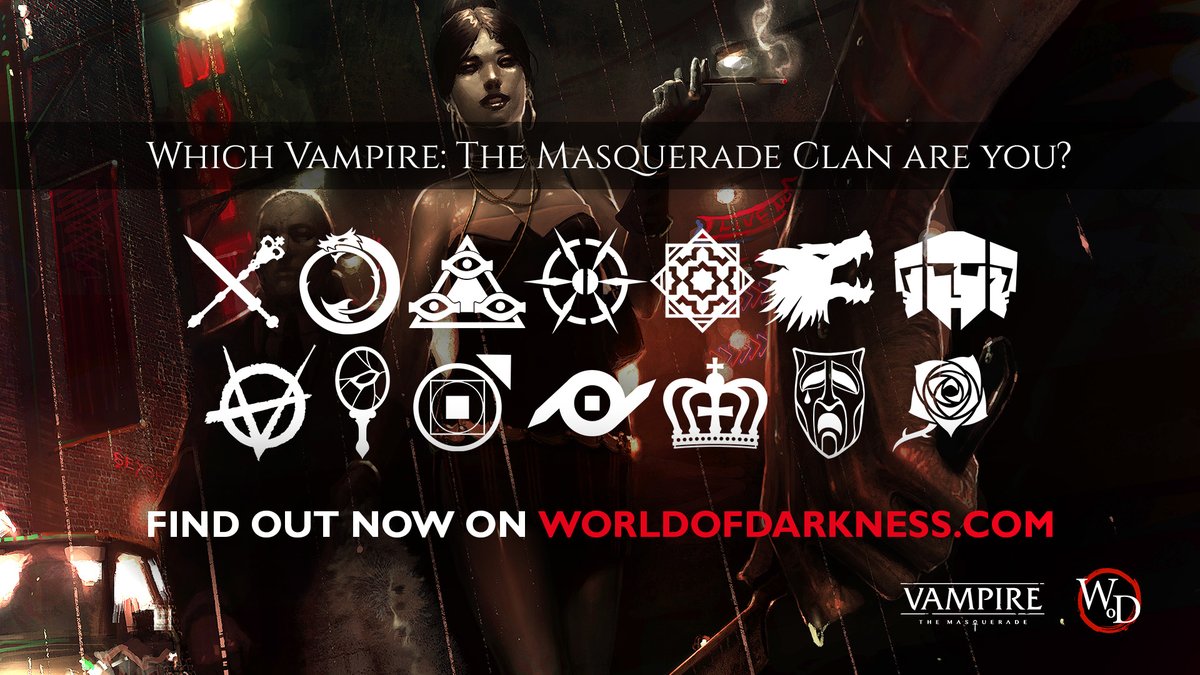

The majority of Cainites take the divisions and lineage in general quite seriously, particularly the Elders and those who know their complete lineage. Very few non-vampires recognize the differences that set apart members of each clan and may in fact consider all vampires to be roughly the same as they all share a common ancestor (Caine).

Note: More clans will be added post launch free of charge, such as Gangrel and Nosferatu. Likewise, the Ravnos are nearly extinct following the destruction of their progenitor during the Week of Nightmares, but they are still considered a clan (though some speculate that another bloodline will rise to take their place). On the other hand, several clans have held onto their positions despite the fact that their Antediluvians are believed to be dead. Even though members of these fallen clans may yet survive, with their numbers so small and their Antediluvians destroyed they have been relegated to bloodline status, particularly as knowledge of their existence is gradually forgotten.

Two of the lineages, the Giovanni and Tremere, are actually recent replacements, having begun as bloodlines of established clans and risen to clan status within the last millennia after mostly wiping out Clan Cappadocian and Clan Salubri, respectively. There is some ambiguity in the standards that determine clanhood.

In the Final Nights, the thirteen clans are recognized. The clans are generally differentiated and set above bloodlines by their greater number and influence throughout the world, identification with an Antediluvian progenitor, a history that reputedly extends back to the Second City, and clan weaknesses that were said to be handed down by Caine himself. Like all bloodlines, each clan has greater familiarity with a set of three Disciplines, a weakness largely unique to its members, and various stereotypes attributed to it as a result of a tendency to Embrace individuals with certain characteristics.


 0 kommentar(er)
0 kommentar(er)
